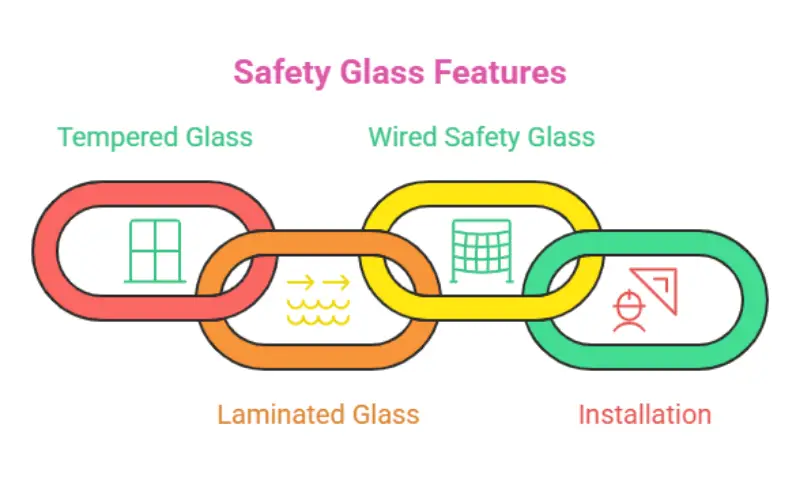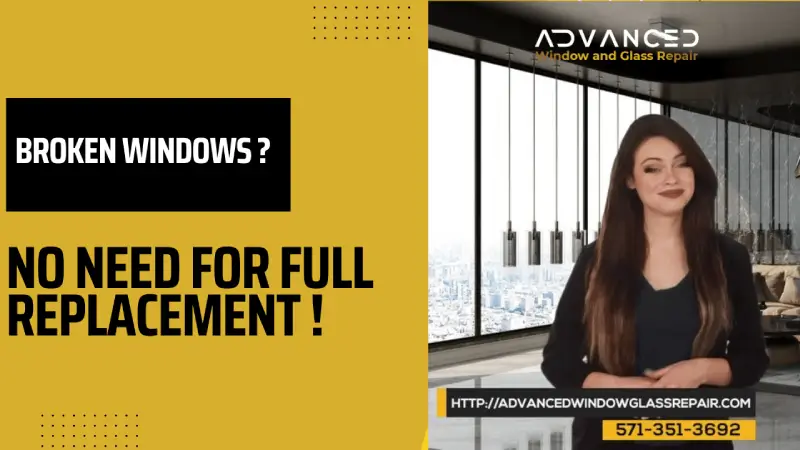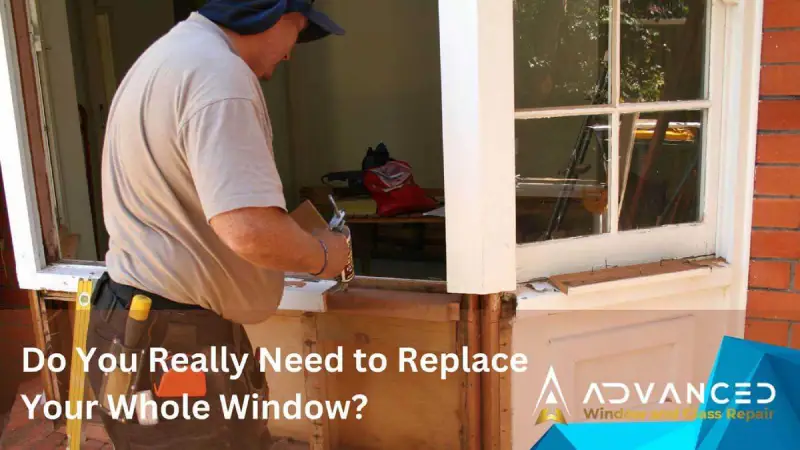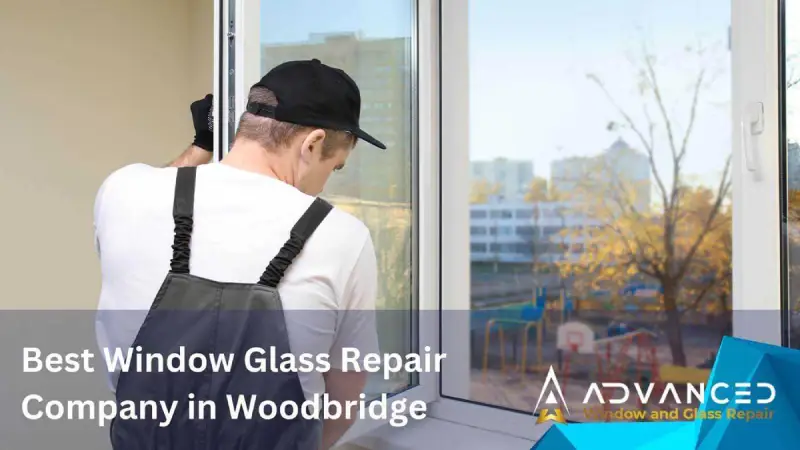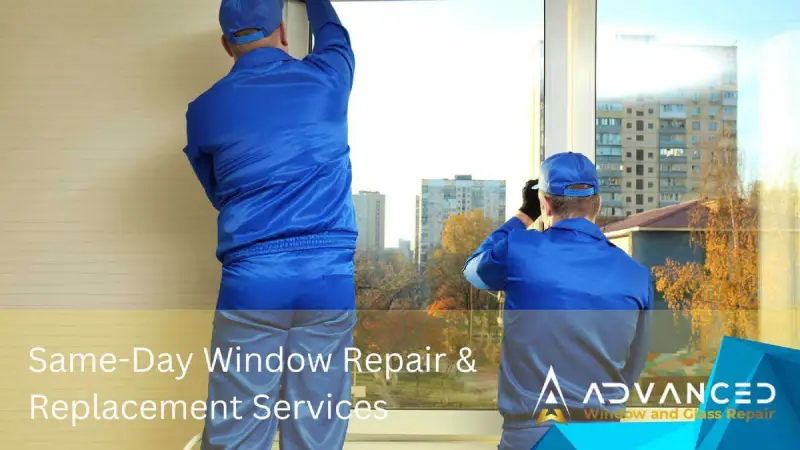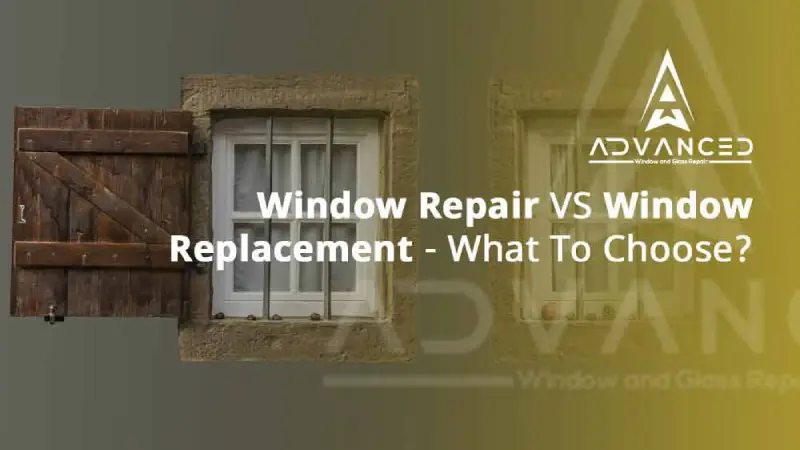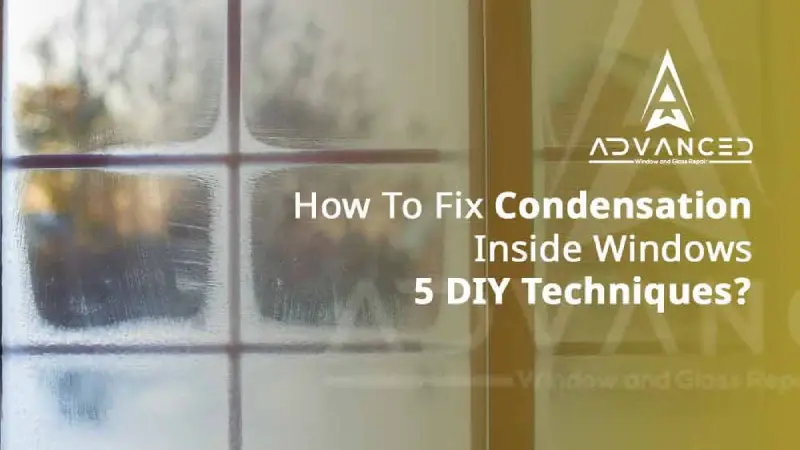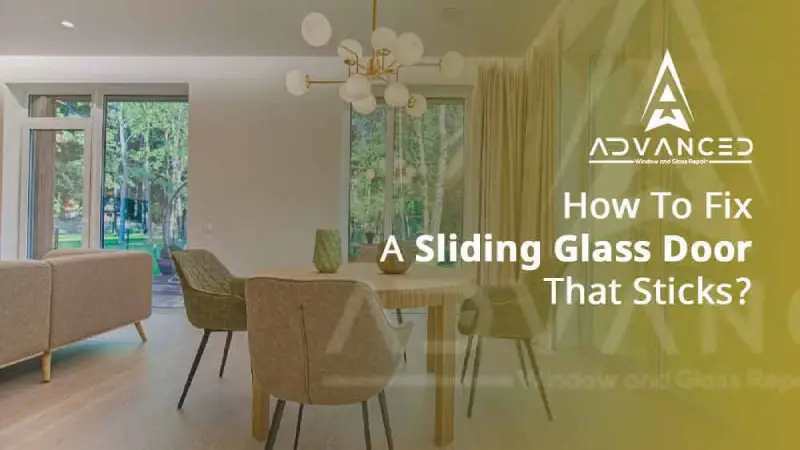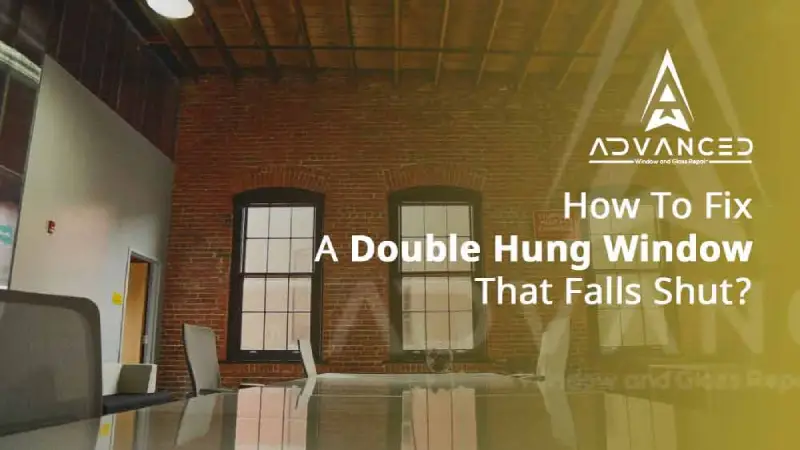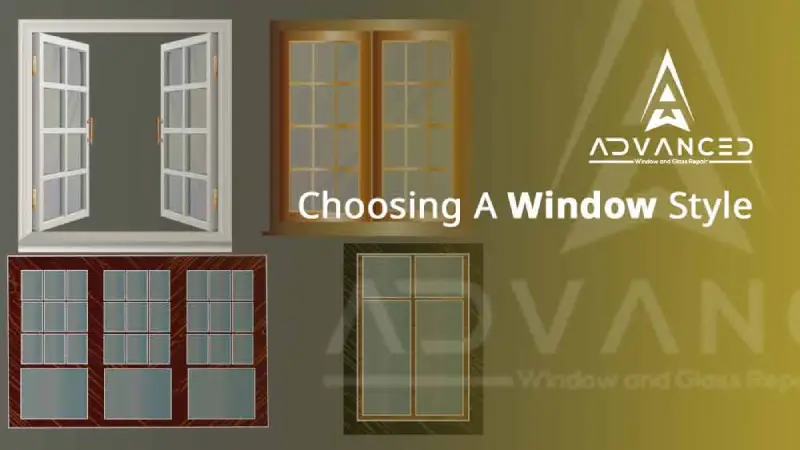Do you ever wonder how glass can be so strong and durable? Well, you’re in luck! In this article, we’ll take you on a journey through the world of safety glass.
From your home to your car and even public buildings, safety glass plays a crucial role in keeping you protected.
So, if you’re curious about the different types of safety glass and their unique properties, buckle up and get ready to dive into this fascinating topic.
The Importance of Safety Glass
Safety glass is an essential component in protecting you and your loved ones from potential injuries caused by broken glass. It provides a strong barrier against breakage and minimizes the risk of shards flying in all directions.
Tempered glass, one type of safety glass, offers benefits such as increased strength and resistance to heat.
Another type, laminated glass, has advantages like improved sound insulation and UV protection.
Safety glass can also be reinforced with wire mesh for added security.
Proper safety glass installation ensures maximum protection for your freedom and peace of mind.
Understanding Tempered Glass
When considering the benefits of tempered glass, you’ll find that it offers increased strength and durability. Tempered glass is designed to be four to five times stronger than regular glass, making it highly resistant to impacts and breakage. It’s commonly used in applications where safety is a concern, such as in car windows, shower doors, and glass tabletops.
Installation of tempered glass is similar to regular glass, but it’s important to note that once tempered glass is broken, it can’t be repaired and must be replaced. Maintenance for tempered glass is relatively simple, requiring only regular cleaning with a mild glass cleaner to keep it looking its best.
Exploring Laminated Glass
If you’re looking for a strong and resilient glass option, laminated glass is worth exploring.
Laminated glass offers numerous benefits, including enhanced safety and security.
Unlike tempered glass, laminated glass is constructed by sandwiching a layer of polyvinyl butyral (PVB) between two layers of glass. This construction gives laminated glass its durability and resistance to impact.
Laminated glass is commonly used in applications such as car windshields, skylights, and hurricane-resistant windows.
It provides protection against shattered glass, UV rays, and noise infiltration.
The Versatility of Wire Mesh Glass
With its ability to provide both safety and style, wire mesh glass is a versatile option for a variety of applications.
When it comes to security, wire mesh glass offers the benefits of added strength and resistance to break-ins.
In architecture, it can be used to create unique and modern designs, while in industrial settings, it provides advantages such as durability and protection.
Additionally, wire mesh glass is highly durable in outdoor environments and can be used as a decorative element in interior design.
Other Types of Safety Glass to Consider
If you’re looking for other types of safety glass to consider, laminated glass and tempered glass are two options to explore.
Another type to consider is thermoplastic glass, which is made from materials like acrylic or polycarbonate. Thermoplastic glass is known for its impact resistance and flexibility.
Additionally, there are specialty types of safety glass such as bulletproof glass and fire resistant glass, which provide extra protection and security. You can contact Advanced Window & Glass Repair, LLC for all your glass repair needs in the DMV area.
FAQs
What is safety glass?
What are the main types of safety glass?
Where is safety glass commonly used?
How does laminated safety glass protect against injury?
Is safety glass worth the investment?
Conclusion
Now that you’ve journeyed through the world of safety glass, you have unlocked the secrets of its strength and durability. Like a sturdy shield, safety glass stands as a protective barrier, shielding us from harm and providing peace of mind.
Whether it be the tempered glass in our cars or the laminated glass in our homes, these types of safety glass are like silent guardians, always ready to safeguard us against the unexpected.
So, embrace the wonders of safety glass and embark on a safer future.
Sources:
https://en.wikipedia.org/wiki/Safety_glass
https://www.buildingcode.blog/blog/safety-glass-a-quick-reference-guide


